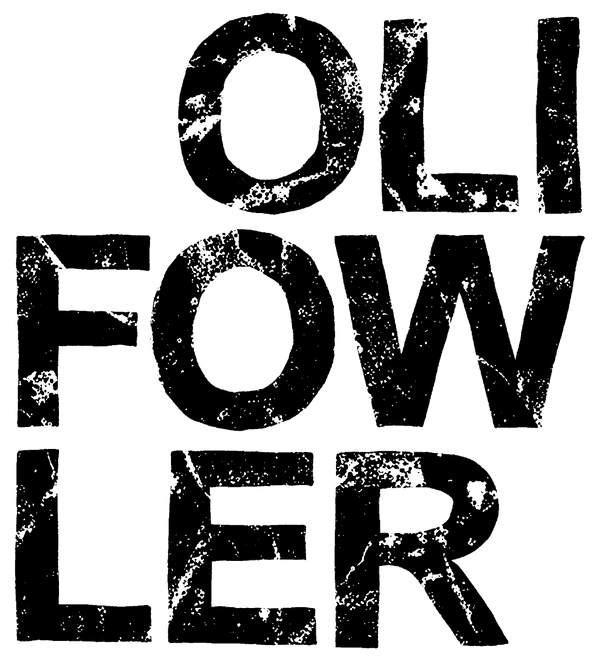
The Digital Lookalike: What a Giclée Really Is
Let's start with the most common one you'll see online: the Giclée print. Sounds fancy, doesn't it? It’s a French word. But in simple terms, it's a very high-quality inkjet print. A machine uses tiny nozzles to spray microscopic dots of ink onto paper, building up an image from a digital file.
Now, I'm not knocking it entirely. The quality can be excellent for photographic reproductions, and the detail is sharp. But here's the thing: it's a reproduction. It's flat. The colours are created from a standard CMYK dot pattern, and there's no real texture or soul to it. The process is entirely automated. You press 'Print', and the machine does the work. It’s consistent, it’s scalable, but it lacks the human touch. It's a perfect copy of a file, not an original piece of art in its own right.
Getting Your Hands Dirty: The Alchemy of Ink and Mesh
Screen printing is a whole different kettle of fish. It's a proper, physical process. It's messy, it takes time, and a lot can go wrong. But that’s where the magic is.
Every single colour in one of my prints requires its own separate screen. I take my design, create a stencil on a fine mesh screen using a light-sensitive emulsion, and then I get stuck in. I mix the inks myself, by eye, to get the exact hue I’m after. Then comes the pull. Using a squeegee, I physically force that thick, vibrant ink through the open mesh onto the paper. Then I wait for it to dry. Then I do it all over again for the next colour layer, making sure everything lines up perfectly (what we call 'registration'). It’s a dance of precision and pressure. There’s no undo button.
Feel the Difference (Literally)
This is the bit you can’t see on a screen. When you hold a genuine screen print, you can feel it. Run your finger over the surface and you’ll notice the ink sits as a distinct, raised layer on top of the paper. It has a tangible quality. A texture.
The colours are also different. Because I'm not limited to a printer's four-colour palette, I can use incredibly opaque, bold inks. A screen-printed black is a deep, solid void. A fluorescent pink will practically jump off the paper in a way a digital print just can't replicate. Each print from an edition, while part of a set, has tiny, unique characteristics—a slight difference in ink deposit, a minuscule shift in registration. These aren't flaws; they are the fingerprints of the process. They're proof that a human being, not a machine, made it. This is the philosophy behind all the work at Oli Fowler Art—creating something real and lasting.
So next time you're buying art, have a closer look. Are you buying a high-quality photocopy or a piece of handcrafted work? One is a picture of a thing; the other is the thing itself. There's a story of labour, skill, and a bit of happy accident in every screen print, and that’s a value a digital printer just can't replicate.
See and feel the difference for yourself. Have a browse through the real deal over in the store.
